Pothos plants are known for their aerial roots, which can be both a blessing and a curse. On the one hand, they help the plant to climb and spread out, but on the other hand, they can be unsightly and difficult to deal with. Here are some tips on how to manage your pothos plant’s aerial roots.
What Are Aerial Roots?
Aerial roots are roots that grow above the ground. These roots are typically used to anchor the plant to the ground, but can also be used to absorb water and nutrients. They are often seen in trees, but can also be found in other plants.
If you find that your pothos plant is growing aerial roots, there are a few things you can do to deal with them. Aerial roots can be a nuisance to gardeners, as they can often become entangled in other plants or objects.

You can also cut off the aerial roots, but be sure to do this carefully so as not to damage the plant. This will help to keep them from becoming tangled. First, you can try to redirect the roots by burying them in the soil.
If you have a pothos plant that is growing aerial roots, there are a few things you can do to deal with them. By redirecting the roots or cutting them off, you can help to keep your plant healthy and looking its best.
What Are The Functions of Aerial Roots?
While they may look like they’re just for decoration, aerial roots actually serve several important functions for the plant. Aerial roots are one of the most distinctive features of pothos plants. These roots are typically found growing along the stem of the plant, often near the nodes.
One of the most important functions of aerial roots is to help the plant climb. The roots also help the plant absorb water and nutrients from the air, which is especially important in humid environments. Pothos plants are often found growing on trees or other structures, and the aerial roots help them cling to these surfaces.
These roots can be cut off and planted in soil, where they will eventually grow into new pothos plants. When a pothos plant produces aerial roots, it’s a sign that it’s ready to produce new plants. Finally, aerial roots can also help the plant propagate.

So, while they may look like nothing more than decorations, aerial roots actually play a vital role in the life of a pothos plant.
Aerial Roots Help Stabilize Plants
Aerial roots help to stabilize the plant and give it support. They are often seen in vines and epiphytic plants. They also help the plant to absorb nutrients and water from the air. Aerial roots are a type of root that grows above ground.
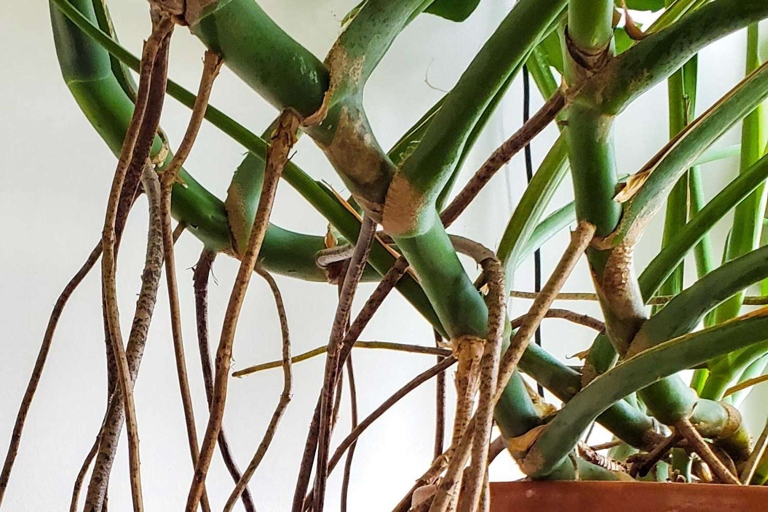
When the roots grow too long, they can become tangled and cause the plant to become unstable. If you have a pothos plant that is growing aerial roots, you can trim them back to keep the plant stable. Aerial roots can be a problem for some plants, such as pothos.
Aerials Roots Helps Nourish the Plant
They help to anchor the plant in the soil and absorb nutrients and water. They also help to protect the plant from wind and erosion. Aerial roots are an important part of the plant’s root system.
If you have a plant that is growing aerial roots, you will need to be careful when handling it. They can become tangled and cause the plant to become uprooted. Aerial roots can be a problem for some plants, however.
You can also try to grow the plant in a pot that has a drainage hole. This will help to prevent the roots from becoming tangled. If you are growing a plant that is susceptible to aerial roots, you can try to control them by trimming them back.
They help to anchor the plant in the soil and absorb nutrients and water. They also help to protect the plant from wind and erosion. Aerial roots are an important part of the plant’s root system.
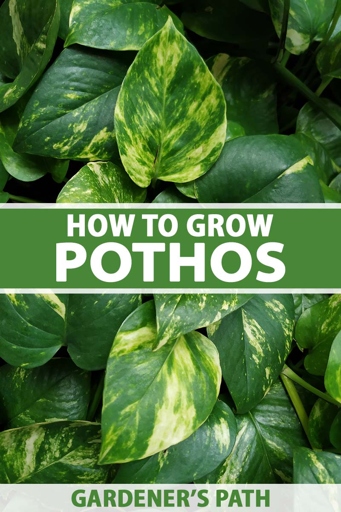
If you have a plant that is growing aerial roots, you will need to be careful when handling it. They can become tangled and cause the plant to become uprooted. Aerial roots can be a problem for some plants, however.
You can also try to grow the plant in a pot that has a drainage hole. This will help to prevent the roots from becoming tangled. If you are growing a plant that is susceptible to aerial roots, you can try to control them by trimming them back.
Aerials Roots Helps Absorb Moisture
Otherwise, they can become a tripping hazard. If they are, they will dry out and die. There are a few things to keep in mind when dealing with aerial roots, however. These roots help the plant absorb moisture from the air, which is essential for its health. First, make sure that the roots are not getting too much sun. Aerial roots are a common sight on pothos plants, and they serve an important purpose. Finally, make sure that the plant has enough moisture. If the roots are dry, they will not be able to absorb moisture from the air. Second, keep an eye on the roots and trim them back if they start to get too long.
Aerial Roots Help Plants ‘Breathe’
These roots are not used for anchoring the plant to the ground, but instead help the plant to “breathe” by absorbing moisture and nutrients from the air. Aerial roots are one of the most distinctive features of epiphytic plants.
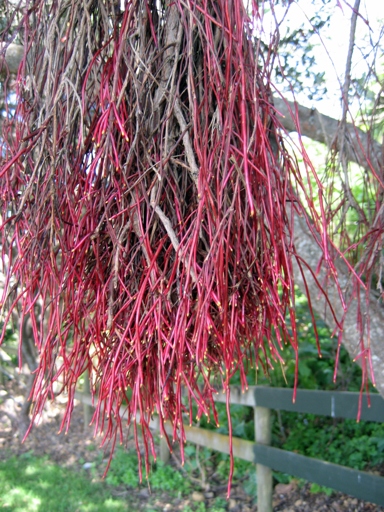
They are often mistaken for stems, but they are actually an extension of the plant’s root system. Aerial roots are typically thin and fibrous, and can be either white or green.
While most plants have a taproot (a single, thick root that grows straight down), epiphytic plants have a mass of thin, fibrous roots that spread out in all directions. This allows them to absorb moisture and nutrients from the air, as well as from the bark of trees or other surfaces they are growing on.
Aerial roots are an important part of the epiphytic plant’s “breathing” system, and they help to keep the plant healthy and hydrated. If you see aerial roots on your pothos plant, don’t be alarmed – they are perfectly normal!
Aerial Roots Can Help with Propagation
They are often seen in trees, but can also be found in some plants that grow in water, such as mangroves. Aerial roots can help with propagation because they can absorb water and nutrients from the air. Aerial roots are a type of root that grows above ground.
If you have a plant that is growing aerial roots, you can use them to help with propagation. To do this, you will need to cut the aerial roots off of the plant and then plant them in a pot of soil. The aerial roots will help the plant to absorb water and nutrients, which will help it to grow.
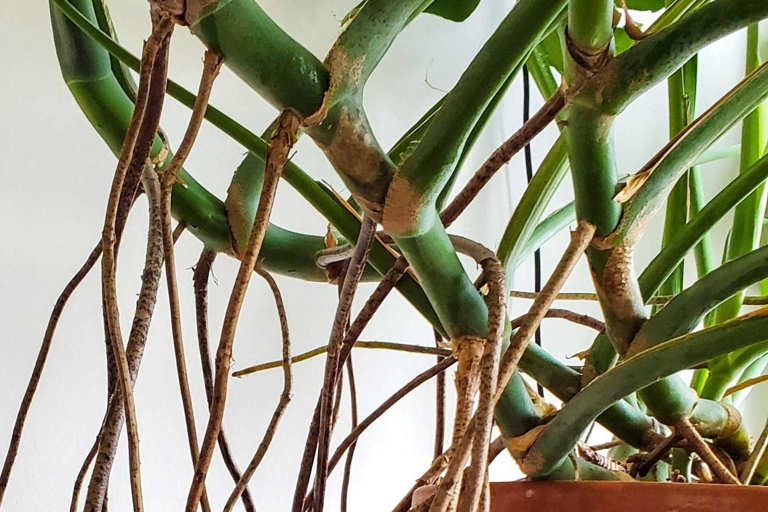
They will be able to help you with the process and make sure that your plant is healthy and grows well. If you are not sure how to propagate a plant using aerial roots, you can always ask a professional at your local nursery or garden center.
Identifying and Evaluating Causative Factors
While they may look unsightly, they are actually quite normal. These are roots that grow out of the soil and into the air. The roots are simply looking for something to grab onto so they can continue to climb. One of the most common problems when growing pothos is that the plant produces aerial roots.
A trellis or other support structure will help to keep the plant from producing aerial roots. First, make sure you are providing enough support for the plant. Pothos like to climb, so they will need something to grab onto. There are a few things you can do to prevent your pothos from producing aerial roots.
Second, keep the soil moist but not soggy. Aerial roots are often a sign of too much or too little water. Make sure you are watering your pothos regularly and evenly.

You can simply trim the roots back if they become too long or unsightly. They help the plant to climb and can also help to support the plant if it becomes top-heavy. These roots can actually be quite helpful. If you do find yourself with a pothos that has produced aerial roots, there is no need to panic.
High Humidity
The plant is known for its ability to tolerate high humidity, but when the humidity is too high, the plant can start to produce aerial roots. These roots are not only unsightly, but they can also be a sign that the plant is stressed. High humidity is often a problem for indoor gardeners, especially when it comes to growing pothos.

There are a few things that you can do to help your pothos deal with high humidity. Second, you can try misting the leaves of the plant to help keep them from getting too dry. Finally, if you are still having problems, you can try moving the plant to a more humid location. First, make sure that you are providing the plant with enough air circulation.
Inappropriate Lighting
The plant needs bright, indirect light to thrive, and if it doesn’t get enough light, it will start to stretch and produce long, leggy growth. Inappropriate lighting is one of the most common problems when it comes to growing pothos. This is often accompanied by yellowing leaves and a general decline in health.
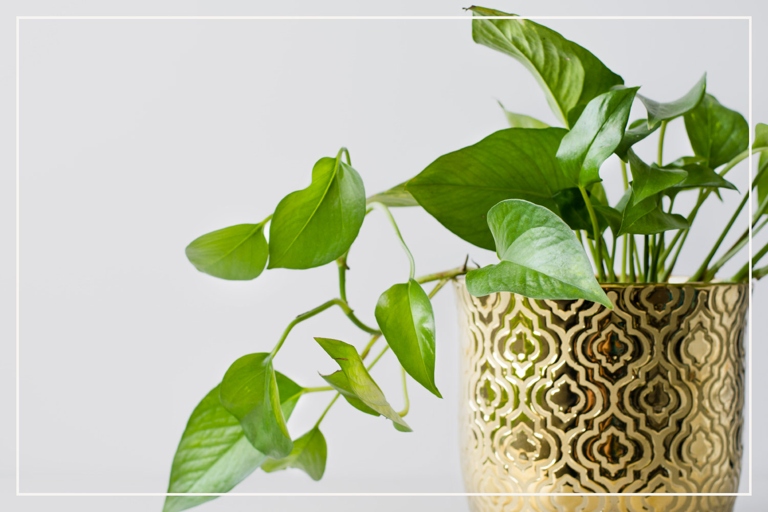
If your pothos is getting too much light, it will start to produce small, brownish-black spots on the leaves. This is called leaf scorch, and it’s a sign that the plant is stressed and needs to be moved to a shadier spot.
These artificial lights can provide the plant with the intense light it needs to stay healthy and produce new growth. Pothos are notoriously difficult to grow in low-light conditions, so if your home doesn’t have a lot of natural light, you might want to consider investing in a grow light.
Too High Temperatures
If your pothos plant’s leaves are drooping and the stems are soft, it’s likely that the temperature is too high. Pothos plants thrive in temperatures between 60 and 75 degrees Fahrenheit, so if the temperature in your home or office is higher than that, it’s time to take action.

First, move it to a cooler location. If the temperature is still too high, you can try misting the leaves with water or placing a fan near the plant. Finally, make sure the plant has plenty of water. There are a few things you can do to lower the temperature for your pothos plant.
However, if the temperature remains too high, the leaves will begin to turn yellow and the plant will eventually die. If you take these steps, your pothos plant should recover quickly.
Water Supply Problems
Aerial roots are the plant’s way of trying to get more moisture from the air. If your pothos is growing aerial roots, it’s a sign that the plant is not getting enough water.
If you see aerial roots on your pothos, the first thing to do is check the soil to see if it’s dry. If the soil is moist, the problem may be that the pot doesn’t have enough drainage. In that case, you’ll need to repot the plant in a pot with drainage holes. If it is, water the plant thoroughly.
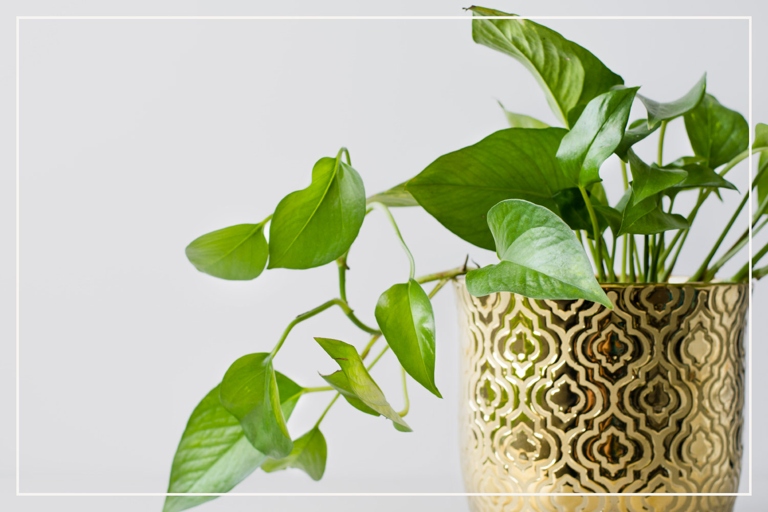
If you don’t provide enough moisture, the aerial roots will eventually turn brown and die. If you live in an area with high humidity, you may also need to mist your pothos regularly to help it get the moisture it needs.
Nutrients are In Short Supply
Pothos are heavy feeders and require a lot of nutrients to grow properly. Aerial roots are a sign that your plant is stressed and is trying to find a way to get the nutrients it needs. If you don’t provide enough nutrients, your pothos will start to produce aerial roots. One of the main problems with growing pothos is that nutrients are in short supply. This is especially true if you live in an area with poor soil quality.
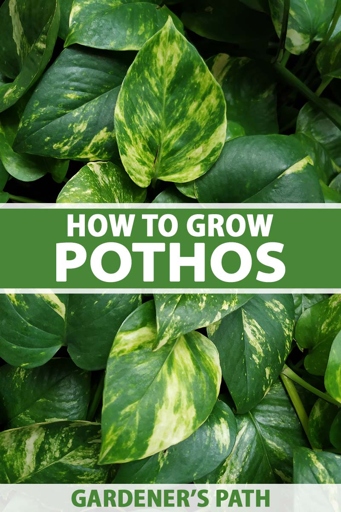
Use a high-quality fertilizer that is designed for potted plants. Apply the fertilizer according to the package directions. The best way to do this is to fertilize your plant regularly. To prevent your pothos from producing aerial roots, you need to make sure it is getting enough nutrients. This will help to ensure that your pothos has all the nutrients it needs to grow healthy and strong. You should also consider using a soil amendment to improve the quality of your soil.
Traumatic Incidents
They can be caused by a number of things, including natural disasters, car accidents, or even violent crimes. Traumatic incidents can happen to anyone at any time. Regardless of the cause, traumatic incidents can have a lasting impact on those who experience them.
There are a number of ways to deal with the aftermath of a traumatic incident. There are also a number of self-care activities that can be helpful, such as exercise, journaling, and spending time with supportive people. It is important to seek professional help if you are struggling to cope.
It is important to allow yourself to feel these emotions and to not bottle them up. You may feel scared, angry, sad, or numb. It is normal to feel a range of emotions after a traumatic incident. Crying, yelling, and punching pillows can all be helpful ways to release pent-up emotions.
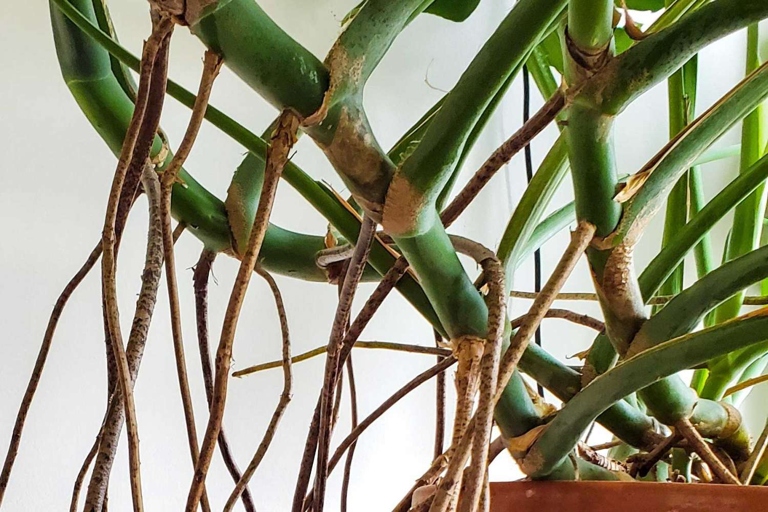
You can also visit the website of the National Center for PTSD for more information and resources. If you or someone you know is struggling to cope with a traumatic incident, there are resources available to help. The National Trauma Hotline provides 24/7 support for those in crisis.
How Do You Get Rid Of Aerial Roots On Pothos?
These roots are typically found on the stems of the plant, and can become a nuisance if they are not dealt with properly. Aerial roots are a common issue with pothos plants. There are a few different ways to get rid of aerial roots on pothos plants.
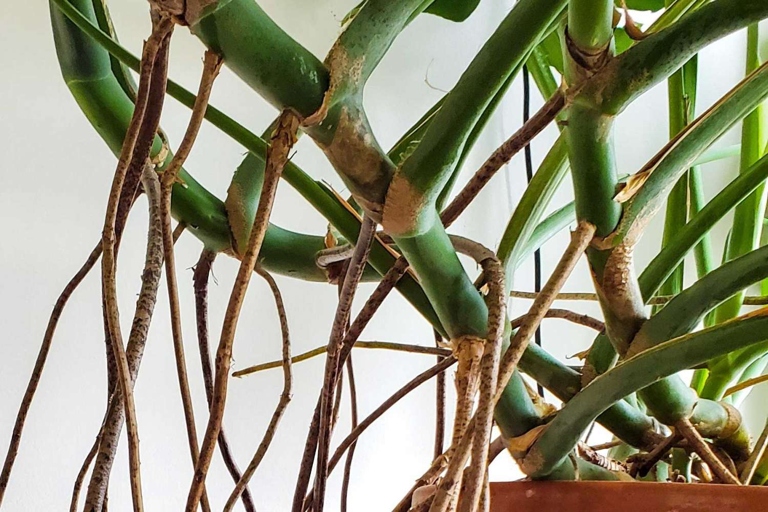
This can be done with a sharp pair of scissors or a knife. One way to get rid of aerial roots is to simply cut them off. Be sure to cut the roots as close to the stem of the plant as possible.
Another way to get rid of aerial roots is to use a plant hormone. This hormone will cause the roots to die and will eventually fall off the plant.
They will be able to help you get rid of the roots and can also give you advice on how to prevent them from coming back. If you are having trouble getting rid of aerial roots, you can always contact a professional.
Push Them into the Soil
If you’re growing pothos and notice some of the stems have aerial roots, don’t worry! It’s perfectly normal. Aerial roots are actually really beneficial to the plant because they help it climb and support itself. Plus, they help the plant absorb more water and nutrients.

The roots will naturally start to grow downwards and anchor the plant into the ground. Just make sure to keep the soil moist so the roots can properly develop. If you want to encourage your pothos to grow more aerial roots, simply push the stems into the soil.
So if you see some aerial roots on your pothos, don’t freak out! Just push them into the soil and watch your plant thrive.
Trim Off the Aerial Roots
While they are a natural part of the plant’s growth, they can also be a nuisance. If you find that your pothos plant is producing too many aerial roots, you can trim them off. Pothos plants are known for their vining nature and their ability to produce aerial roots. Aerial roots are roots that grow out of the stem of a plant and help to support the plant as it grows.
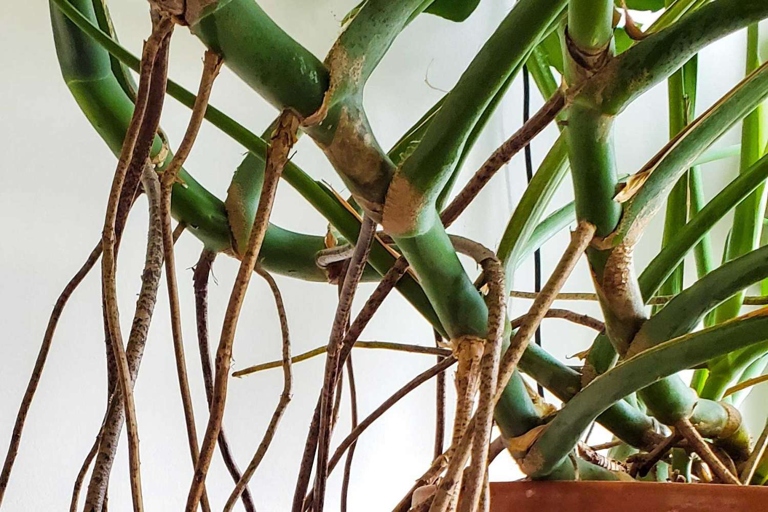
Cut the roots off at the base, being careful not to damage the stem of the plant. You can also remove any leaves that are growing from the aerial roots. Once you have trimmed the roots, you can place the plant back in its pot or container. To trim off the aerial roots, you will need a sharp pair of scissors or pruning shears.
This will help to prevent the roots from becoming too long and unmanageable. If you find that your pothos plant is producing aerial roots on a regular basis, you may want to consider repotting it.
Propagate
If your plant is in a pot, it is likely that it is seeking to climb the sides of the pot in search of more light. If your plant is in a well-lit spot, it may be experiencing stress from too much light or heat. The first step is to understand why your plant is producing them. Aerial roots are a common sight on pothos plants, and while they may look unsightly, they are actually quite easy to deal with. Aerial roots are typically produced when a plant is seeking to climb something or is experiencing stress.
If your plant is in a pot, you can simply remove it and place it in a taller pot. The next step is to take action to address the underlying issue. If your plant is in a well-lit spot, you may need to move it to a spot that receives less light. If you are unsure of the cause of stress, you can try misting your plant with water or fertilizing it with a weak solution of fertilizer.
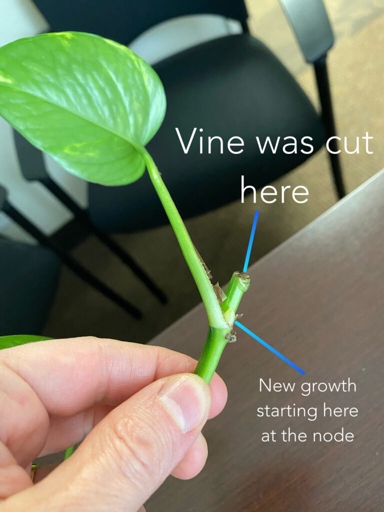
Once you have addressed the underlying issue, you can trim off the aerial roots. With a little care, your pothos plant will soon be looking its best. Simply cut them off at the base, being careful not to damage the main stem of the plant.
Can You Propagate Pothos From Aerial Roots?
Aerial roots are roots that grow from the stem of the plant, rather than from the ground. Pothos are a type of plant that is known for its ability to propagate from aerial roots. These roots are typically used by the plant to anchor itself to surfaces, but they can also be used to propagate new plants.
If you have a pothos that is growing aerial roots, you can use these roots to propagate new plants. Water the soil, and then place the pot in a location that receives indirect sunlight. Next, remove the bottom leaves from the root, and then plant the root in a pot of soil. To do this, simply cut a length of root that is about 6 inches long. The root will eventually produce new leaves, and a new plant will form.
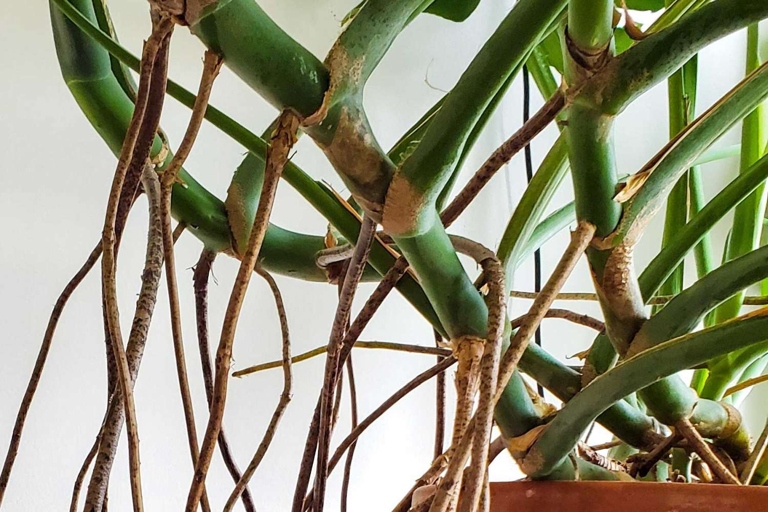
If you do not want to propagate a new plant, you can simply cut the aerial roots off of the plant. However, be aware that this may cause the plant to become unstable, and it may eventually fall over.
Why Are Pothos Aerial Roots Drying Out?
Pothos are a type of plant that are known for their aerial roots. Pothos plants are native to the tropical regions of Asia and Africa. They are typically white or yellow in color. Aerial roots are roots that grow out of the soil and into the air.
In some cases, the aerial roots can also help the plant to absorb moisture from the air. They can also help the plant to anchor itself in place. Pothos aerial roots are typically used to help the plant climb trees or other structures.
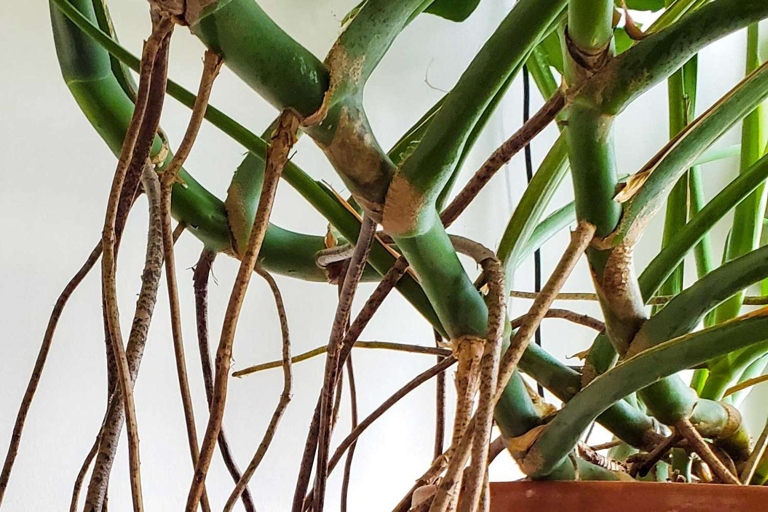
This can be a sign that the plant is not getting enough moisture. If the conditions are too dry, the aerial roots may begin to dry out and turn brown. Pothos plants can be grown in a variety of different climates. However, they prefer warm and humid conditions.
You can do this by misting the leaves with water or placing the pot in a tray of water. If the roots are still drying out, you may need to repot the plant in a pot with better drainage. You should also make sure that you are watering the plant regularly. If you notice that your pothos aerial roots are drying out, you should try to increase the humidity around the plant.
Frequently Asked Questions
1. What are aerial roots?
Aerial roots are roots that grow above ground. They are often seen in trees, but can also be found in other plants.
2. How do pothos plants grow aerial roots?
Pothos plants are vines that can grow both in soil and in water. They produce aerial roots in order to climb up surfaces and to absorb moisture and nutrients from the air.
3. Why do I need to know about aerial roots?
Aerial roots can be unsightly and may even damage the surfaces that they are growing on. It is important to know how to deal with them in order to keep your pothos plant healthy and your home looking good.
4. What are some tips for dealing with aerial roots?
-Trim the roots back regularly with a sharp knife or pruning shears.
-Be careful not to damage the plant when trimming the roots.
-If the roots are causing damage to your home, you may need to repot the plant.
5. Can I remove aerial roots completely?
No, you should not remove aerial roots completely. They are an important part of the plant and play a role in its growth and health.
Final thoughts
Pothos plants are very easy to grow and care for, and they make a great addition to any home. However, pothos plants can sometimes produce aerial roots, which can be unsightly and difficult to deal with. If you find that your pothos plant has aerial roots, there are a few things you can do to get rid of them. First, you can try trimming the roots back with a sharp knife. If that doesn’t work, you can try repotting the plant in a pot that is slightly larger than the one it is currently in. Finally, if all else fails, you can always remove the plant from your home.
